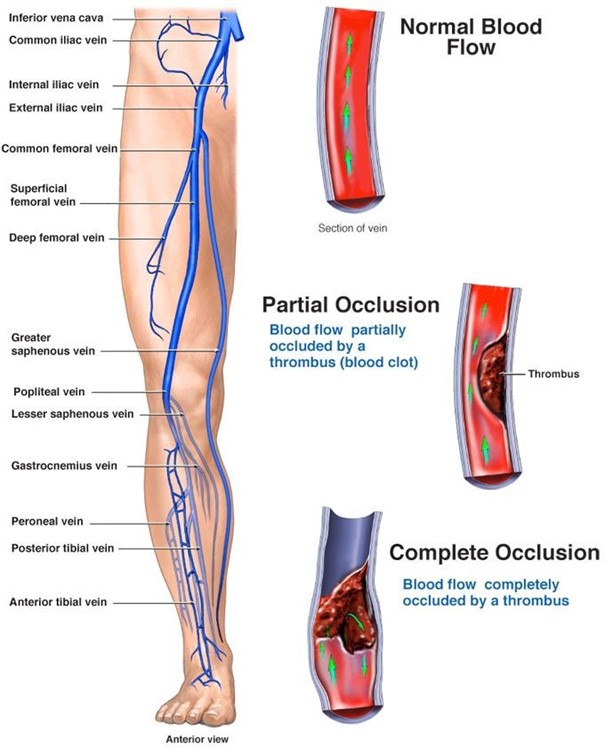A nurse is assisting with the planning of an in-service about updates in wound care for nursing staff.
Which of the following sources should the nurse identify as providing the best evidence-based information?
A peer-reviewed journal article
Information from a wound care product vendor
First-hand experience with wound care products
An entry on a nursing blog addressing wound healing
The Correct Answer is A
A peer-reviewed journal article is a scholarly publication where experts in the field have critically evaluated and reviewed the research before publication. It provides information based on evidence from scientific studies and research conducted by experts. Journal articles are usually considered reliable sources of evidence-based information.
Information from a wound care product vendor in (option B) is incorrect because it may be biased and primarily intended for marketing purposes. While vendors may provide some useful information about their products, it is essential to verify their claims through independent research and evidence from credible sources.
First-hand experience with wound care products in (option C) is incorrect because it can be valuable in practical settings, but it may not always be evidence-based. Personal experiences might not have undergone rigorous research and validation, so relying solely on personal experience may not always lead to the best outcomes.
An entry on a nursing blog addressing wound healing in (option D) is incorrect because it may contain valuable insights, but it may not always be based on evidence from rigorous scientific research. Blogs can vary widely in the quality of information they provide, and not all blog authors are experts in the field.
In summary, for an in-service on updates in wound care, the nurse should primarily rely on evidence-based information from peer-reviewed journal articles. These articles are more likely to provide reliable and current knowledge based on scientific research and expert evaluation.
Nursing Test Bank
Naxlex Comprehensive Predictor Exams
Related Questions
Correct Answer is A
Explanation
Insulin lispro is a rapid-acting insulin, while insulin glargine is a long-acting insulin. It is important to keep them separate to maintain their individual properties and avoid any potential interactions or changes in their effectiveness.
Insulin glargine is a clear solution and should not appear cloudy. Cloudiness in insulin can indicate contamination or improper storage.
The instruction to "take an extra dose of insulin lispro prior to aerobic exercise" is not recommended. The client should consult with their healthcare provider to determine if any adjustments to their insulin regimen are necessary for exercise. Typically, adjustments are made based on the individual's blood glucose levels and anticipated intensity and duration of exercise. Insulin glargine is a long-acting insulin that provides a steady release of insulin over a prolonged period, without distinct peaks or valleys in its action. Its onset of action is gradual and its effect lasts for approximately 24 hours.
It is important for the client to receive accurate and appropriate instructions regarding their insulin regimen. The nurse should clarify any misunderstandings and provide accurate information to promote safe and effective diabetes management.
Correct Answer is B
Explanation
Deep-vein thrombosis (DVT) is a condition where a blood clot forms in a deep vein, usually in the legs. Bed rest is often recommended for clients with DVT to reduce the risk of the clot dislodging and causing a pulmonary embolism. By minimizing movement and keeping the leg elevated, the nurse can help prevent further complications.
The other options listed are incorrect:
- Massage the affected extremity every 4 hours: Massaging the affected extremity can dislodge the clot, increasing the risk of a pulmonary embolism. It is contraindicated and should not be performed on clients with DVT.
- Apply an ice pack to the affected extremity for 20 minutes every 2 hours: While applying cold compresses or ice packs may be useful in some situations to reduce swelling or pain, it is not recommended for clients with DVT. Heat application or cold application should be avoided because they can promote blood circulation and potentially dislodge the clot.
- Administer aspirin for pain: Aspirin is not typically used for pain management in DVT. Anticoagulant therapy is the primary treatment for DVT, and specific anticoagulant medications are prescribed to prevent further clot formation and reduce the risk of complications.

Whether you are a student looking to ace your exams or a practicing nurse seeking to enhance your expertise , our nursing education contents will empower you with the confidence and competence to make a difference in the lives of patients and become a respected leader in the healthcare field.
Visit Naxlex, invest in your future and unlock endless possibilities with our unparalleled nursing education contents today
Report Wrong Answer on the Current Question
Do you disagree with the answer? If yes, what is your expected answer? Explain.
Kindly be descriptive with the issue you are facing.
